NFL
KC Chiefs vs Bears — Preview, History & Fan Guide
Get set for the matchup with kickoff details (TV channel, legal stream), rivalry context, matchup and pace notes, a quick market snapshot, plus practical weather, ADA, and rideshare tips. Wrap with a tidy flag guide—highlighting the KC Chiefs vs Bears House Divided flag from FlagOh.
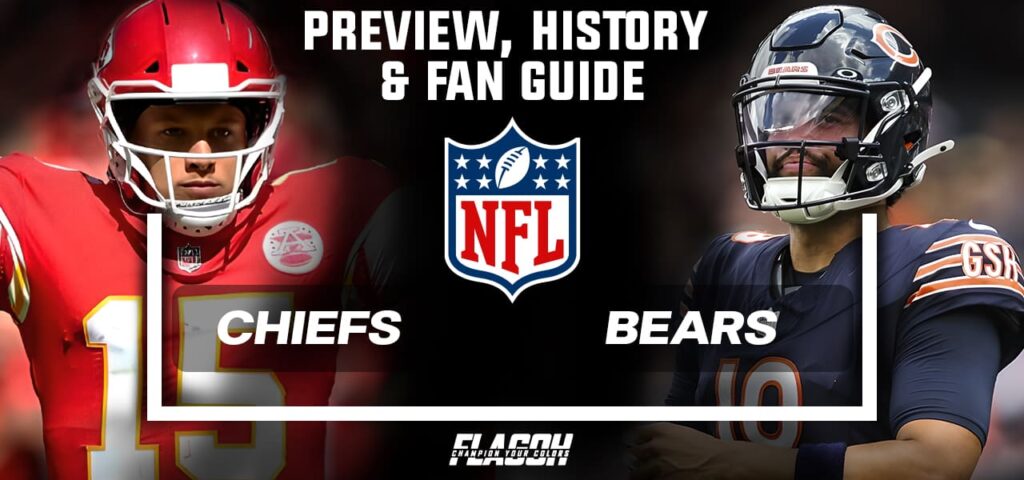
Game Essentials — Fixture, Schedule & Kickoff
Get the KC Chiefs vs Bears basics locked first, then plan your day.
- Date & Kickoff: Friday, Aug 22, 2025 — 7:20 PM CT / 8:20 PM ET / 5:20 PM PT.
- Venue & Surface: GEHA Field at Arrowhead Stadium, Kansas City, MO — natural grass (NorthBridge Bermudagrass).
How to Watch
- Chicago market: FOX 32 (WFLD); live stream via ChicagoBears.com and the Bears Official App in regions where the TV broadcast airs; NFL+ available outside the Chicago area. Radio: ESPN Chicago 1000 AM (English) / Latino Mix 93.5 FM (Spanish).
- Kansas City market: KSHB 41 (NBC) confirmed for Chiefs preseason, kickoff 7:20 PM CT. Wichita: KWCH 12 carriage noted locally.
- Chiefs Radio Network (KC): 96.5 The Fan with Mitch Holthus & crew; Spanish on Tico Sports (Audacy).
- Canada: Check your local broadcast listing or the league’s international service in your region. If you prefer streaming, look for a legal live stream via the broadcaster’s app; verify blackout rules and language options (English/French) before kickoff.
- Europe: Local rights vary by country. Use the broadcaster tied to your market or the league’s international platform, where available. Search for “Chiefs vs Bears live stream Europe” the week of the game to confirm carriage and start time in your time zone.
- Travelers/Expats: If you’re moving between regions, set calendar alerts in local time and test your app credentials on Wi-Fi the day before.
Tickets & Parking
- Resale snapshot (upper level): recent listings around $33–$62; check fees at checkout. For cheap tickets, filter by upper corner/end-zone and sort by final price to find value; combine with the seating map to balance view vs cost (best seats vary by row and corner sightlines).
- Parking passes: ~$41–$65 visible for Red lots (cashless). Lots open 4.5 hours before kickoff.
- Exit timing: expect 30–50 minutes to clear the complex postgame (surge pricing common on rideshare). (General guidance based on venue flow patterns.)
Best Seats & Cheap Tickets Tips
- Cheap tickets: Upper corners and end-zone uppers trend lowest; prices often soften inside 24–48 hours.
- Best value view: Lower-bowl corners avoid the premium of the 50-yard line while keeping depth perception for red-zone plays.
- Fees check: Always compare the final price; service fees vary by platform.
- Parking map: Screenshot the official parking map and pin your light-pole number for a faster exit.
Entry & Stadium Policies
- Cashless venue: concessions/retail are cashless (cards & mobile pay).
- Mobile tickets only: add to Apple/Google Wallet; screenshots won’t scan.
- Clear bag policy: ≤ 12″ × 6″ × 12″ (clear); clutch ≤ 4.5″ × 6.5″; medical exceptions allowed.
- Family/Accessibility: Look up ADA accessibility routing, family restrooms, nursing rooms, and the on-site sensory room before you go.
Odds Snapshot: Chiefs −1.5, Total 42.5, Moneyline KC −135 / CHI +114. (Implied baseline ≈ KC 22, CHI 20.)
Weather at Kickoff (Kansas City, Fri evening): From midnight through early morning in Kansas City, it stays clear and steadily cools—about 78°F at 12 a.m., 76°F at 1 a.m., 74°F at 2 a.m., 73°F at 3–4 a.m., 72°F at 5 a.m., and 71°F by 6 a.m. By 7 a.m., temperatures hold near 71°F as skies turn mostly sunny. Clear, calm overnight; mild and brighter by morning.
With logistics set, shift your focus to football—team form, matchup levers, officiating profile, and your game-day setup. That’s how you turn KC Chiefs vs Bears from a schedule slot into a smooth, all-day experience from opening whistle to the walkout.
Team Identity, Form & splits — Current Form
Before the kickoff of KC Chiefs vs Bears, focus on four early tells: early-down success rate, pressure rate allowed vs simulated pressure, explosive plays (20+ yards), and starting field position (plus penalties). Track these with the FlagOh checklist for the first three drives to see which side is setting the terms.
Kansas City Chiefs Snapshot
- Offense: Motion and option routes that create mismatches; quick RPOs on early downs to stay on schedule.
- Protection: Chips and slides to handle wide-9/over fronts; keep pressures under 30% to unlock explosives.
- Defense: Disguised rotations on third down; aim to hold opponents under 5.5 yards/play.
- Injuries: Update 48–24 hours pre-kick for OL/WR availability.
Chicago Bears Snapshot
- Offense: Play-action, RPO, and boots to help the QB; aim for a 45–50% success rate on early downs.
- Defense: Four-man rush with zone/quarters; target a pressure rate near 30% without blitzing.
- Trenches: Win rush downs to set 3rd-and-≤5; that’s where conversion rates jump.
- Injuries: Track LT/RB/CB status week-of.
Sidebar — recent 3–5 game trends (fill week-of)
| Metric | KC | CHI |
| Yards/play (off) | ||
| EPA/play (off) | ||
| Pressure allowed | ||
| Neutral pace (sec/snap) | 29–31 | 29–31 |
| Red-zone TD% % (off) | 55–65% | 50–60% |
Glossary: EPA/play = “expected points added per play” (overall efficiency). aDOT = average depth of target. PROE = pass rate over expected (tendency vs situation).
Availability — Injury report, game-time decision & inactives
- Week-of: Track the official injury report (Wed–Fri) for questionable/doubtful designations at OL/WR/CB.
- Game day: Inactives post ~90 minutes before kickoff—update your expectations for pass protection, WR rotations, and special teams depth.
- Adjustments: If multiple OL are out, expect a higher pressure rate and more quicker game; if CB depth is thin, watch for aDOT to rise and coverage shells to soften.
Turn those signals into a script: if chunk plays and turnovers lean one way, scoring opens; if field position and penalties tilt the other, pace tightens. Special teams (net punt) often decide the margin.
KC Chiefs vs Bears — Head-to-Head History
Head-to-head trends give context beyond one-week noise: KC has controlled margins lately, while Chicago’s best window was a late-game swing (2015). Use the five-game lens below for context.
All-time series (regular season): Chiefs lead 8–7.
Last 5 Regular-Season Meetings (most recent first)
| Date | Result | Venue | Margin (KC) | Notable |
| Sep 24, 2023 | Chiefs 41–10 Bears | GEHA Field at Arrowhead (KC) | +31 | Mahomes 3 TD; Kelce pop-culture moment. |
| Dec 22, 2019 | Chiefs 26–3 Bears | Soldier Field (CHI) | +23 | KC defense allows 3 points on SNF. |
| Oct 11, 2015 | Bears 18–17 Chiefs | Arrowhead (KC) | −1 | Cutler engineers two 4Q TDs to erase 17–3. |
| Dec 4, 2011 | Chiefs 10–3 Bears | Soldier Field (CHI) | +7 | Defensive slugfest; 38-yd Palko→McCluster TD. |
| Sep 16, 2007 | Bears 20–10 Chiefs | Soldier Field (CHI) | −10 | Defense/field position controls the tempo. |
Five-game lens: KC 3–2, average score KC 20.8 – CHI 10.8 (avg margin +10.0 KC).
Preseason context: Aug 22, 2024: Bears 34–21 at Arrowhead (starters limited on both sides).
For the current matchup, weight explosives differential (20+ yards), turnover margin, and net punt/penalties as the main swing factors. In Bears vs. Chiefs, when those tilt KC, totals and margin expand; when Chicago narrows them, the script compresses and late-game leverage grows. For split households getting ready for game day, a Kansas City Chiefs vs Chicago Bears Split House Flag is a simple way to show both sides without the trash talk.
Tactics & Matchups for KC Chiefs vs Bears
This is where the game tilts before the snap. Read three quick cues: (1) personnel groupings (e.g., 11 = 3 WR; 12 = 2 TE) tell you if the defense must play nickel or base; (2) formation geography—in KC Chiefs vs Bears, are they aligning strength into the boundary (FIB) or spreading the field; (3) motion at the snap—travel (man) vs pass-off/bump (zone) to spot leverage and early chunk-play chances.
When KC has the ball
- Stress the match rules. KC can toggle between spread looks (to declare coverage) and condensed sets (to create free releases). Stack/bunch forces defenders to “banjo” (switch assignments), opening quick outs and option routes for chain-moving yards.
- Sequence “keeper” and shot. After a successful wide-zone/keeper, KC will show the same picture and tag the shot (deep over/post) behind flowing backers.
- Pressure check-downs by design. If Chicago shows simulated pressure (four rushers but from unexpected spots), expect built-in outlets—RB sit, TE leak, or quick bubble—to turn chaos into easy 6–8 yards.
- Formational tells on the MIKE. When KC points protection to a walked-up LB, expect weak-side hitches/slants away from the slide, with ‘kill/kill’ to flip it if the front shifts.
- Low-red creativity. Inside the 10, KC uses motion across the formation to force the defense to declare. Watch for TE isolated weak-side (Y-iso) or quick sprint-out to compress reads and create a simple throw-run option.
When CHI has the ball
- Condensed splits, layered routes. Chicago’s tight formations create traffic: shallow cross + dig, and if the hook sits, a quick glance opens behind him.
- Move the launch point. Boots and half-rolls shrink the rush lane picture and simplify reads. When the edge crashes, Chicago tags TE/RB chip-and-release to slow the next rush.
- RPO to freeze the second level. If KC safeties stay two-high and backers play fast downhill, the Bears will attach glance or stick routes to inside runs so the QB can throw away a free hitter.
- Screen as a counterpunch. After any obvious pressure look, expect RB/TE screens and quick perimeter throws to punish over-aggression and keep drives on schedule.
Situational levers that swing possessions
- 4th-and-short in the “gray zone.” Around fringe field-goal territory, both teams may call a run-pass option or quick perimeter concept to avoid long field-goal attempts and pin-deep punts.
- Two-minute vs four-minute. End of half (two-minute) unlocks sideline outs and seams; protecting a late lead (four-minute) leans on duo/inside zone with motion to steal a hat in the box.
- Personnel traps with tempo. If the defense subs late or gets stuck in base vs spread (or nickel vs heavy), expect no-huddle to trap that grouping and string first downs.
Special teams & hidden yards (the quiet deciders)
- Field position compounds: one return penalty can flip expected points over the next two drives; win the “no-free-yards” battle.
- Pin & cover: angle punts inside the numbers; fair-catch choices and bounce control at the 10 influence red-zone frequency.
Pace & script pivots
- After an explosive. Offenses often go to hit the same stress point before the defense adjusts.
- After a negative play. Tempo slows and protection firms up (extra chip, condensed set) before returning to full-field concepts.
Live read: If KC traps Chicago’s personnel and ups tempo, drives lengthen and shot plays open. If Chicago’s motion and condensed sets free crossers and glance RPOs, KC counters with a robber safety and simulated pressure. Watch explosive-play differential, turnovers, and penalty yards—they’ll signal early whether Q4 is a shootout or a field-position grind.
Betting Markets & Fantasy/DFS
Frame the market—don’t chase it. Start with the baseline you set in the Odds snapshot, then watch what moves prices: QB status, OL/DL cluster injuries, real steam that hits multiple books, and weather.
What typically moves the line
- QB/WR availability: Late upgrades/downgrades can shift spreads ~1–3 pts and totals ~0.5–1.5.
- OL clusters: Losing a tackle and a guard often lifts pressure allowed by ~5–10%, dragging QB yardage and boosting sack risk.
- True steam vs head-fakes: Trust synchronized moves across several books; treat lone outliers cautiously.
Props framework (turn “why” into numbers)
- QB passing/rushing: Passing yards, track pressure rate, and coverage shell; man coverage raises scramble share. Pair time-to-throw with pressure for sack vs check-down risk.
- WR/TE usage: Map aDOT to shell: two-high favors digs/outs; single-high opens posts/seams. Red-zone target share and first-read % matter more for TD equity than raw targets.
- RB volume: Attempts grow with lead probability and early-down success. Separate inside-the-5 work (TD equity) from two-minute/pass-catching roles (receptions).
- Defense (sacks/TOs): Sacks ≈ pressure rate × time-to-throw, amplified by OL health. Takeaways spike in must-throw scripts and vs backup linemen.
- Kickers (edge most players ignore): Tough conditions shrink practical FG range; totals drifting down can increase attempts if drives stall around the 30–35.
DFS notes (correlation beats guessing)
- Stacks: QB + primary pass catcher; bring-back only if you expect volume on both sides.
- Leverage: Pivot off chalk WRs to TE/RB who benefit from the same red-zone trips.
- Field size: Small fields reward efficiency; large fields need explosives and low-owned correlations. Use late swap when news/steam shifts the script.
Use the market as your map. Establish a baseline, diagnose the key driver (injury, pressure, pace), and pick the props/DFS angle that matches. If the game tilts—pass rush climbs, chunk plays swing, or penalties stack—adjust or pass. Educational only; not betting advice.
Fan Culture & Flag Display Guide by FlagOh
Rivalry games are also about the scene. Treat your flag setup—especially for KC Chiefs vs Bears—as part tailgate, part front-porch theatre—loyal, welcoming, and photo-ready without the trash talk.
How to fly it (and look good doing it)
- Set the scene, not just the pole. Pair your flag with team-color accents—doormats, planters, or a small banner rail. A clean backdrop (brick, siding, or a trimmed hedge) makes logos pop in photos.
- House Divided, but tasteful. For an NFL House Divided Flag (KC–CHI), keep the sides balanced: equal panel widths, similar logo scale, and a neutral divider (stripe or stitch line) so neither side “shouts.” If your porch faces the street, place the home team on the side closest to the entryway for clean sightlines.
- Stacking order with the U.S. flag. If you fly Old Glory, place it above or on a separate, higher staff. Team flags belong below or on a different mount, never at equal height. (It’s respectful and looks cleaner.)
- Tailgate-safe display. Keep fabric clear of grill zones, sparklers, and open flame. Use a stable stand with a weighted base; clip the lower grommet to prevent the flag from creeping into hot equipment during a gust.
- Car-day setups. For window masts, use quality clamps and remove them before highway driving. Magnetic mounts stick best on clean, flat roof panels—wipe both surfaces to avoid micro-scratches.
- Night lighting. If you illuminate, aim a warm spotlight from below and a second, softer fill from the side so colors read true on camera. Avoid harsh LEDs that blow out white sections.
Etiquette without the lecture
- Be neighbor-smart. Don’t block entrances, doorbell cameras, or shared walkways. Cap height so sightlines to the street stay clear for drivers backing out.
- HOA & stadium rules, simplified. Most HOAs allow team flags if they’re within your property line and mounted below the roofline; stadium lots typically require freestanding poles to sit inside your space and away from travel lanes.
- Game-day civility. House Divided is for harmony—skip antagonizing slogans. Let color and layout carry the message.
Care that keeps colors honest
- Post-tailgate refresh. Smoke, dust, and sauce splatter dull prints fast. A quick cold rinse with mild detergent, then hang dry, preserves saturation.
- Storage routine. Fold along seams, not across logos. Slide a sheet of tissue or kraft paper between layers to prevent rub-off in the trunk.
- Rain plan. If your setup gets wet, let it dry flat before packing to avoid creasing and color transfer.
Dial in culture first—composition, balance, and respect—then pick pieces that match the vibe. Our shop keeps it simple: team-true colorways—whether you’re flying a Chiefs flag or a Bears flag—optional double-sided reads for curb-facing porches, and pole kits that make a clean, secure mount. You bring the crowd; we’ll help the scene look as good as it feels.
KC Chiefs vs Bears House Divided flag — Buying Guide
A House Divided should read classy, balanced, and camera-ready. Here’s how to pick the right KC Chiefs vs Bears House Divided flag—and why FlagOh is a smart upgrade.
Sizes (match viewing distance)
- 3×5 ft — street-facing porches and two-story fronts; clear from 20–30 ft.
- 2×3 ft — balconies, dormers, indoor walls; best at 10–15 ft.
- 12.5×18 in (garden) — paths, planters, mailbox posts; crisp at 6–10 ft.
- 28×40 in (house banner) — sleeve-mount house pole; a taller look without going to 3×5.
Materials & Build (double-sided recommended)
- Double-sided + blackout liner → “true-read” on both sides (no mirror text) for curb-facing display.
- Polyester 150–200 GSM → daily sun/rain, bold dye-sub color, sturdy hand.
- Nylon 210D → lighter fly, quick-dry after showers.
- Construction details → double-stitched hems, reinforced corners, rust-resistant grommets, or a smooth sleeve to reduce fray.
Why FlagOh
- Balanced House Divided layout — equal panel widths, matched logo scale, neutral center divider for a polished split.
- Color-true printing — vivid reds/blues that stay accurate in daylight photos.
- Real “true-read” — blackout core stops show-through, so both teams read correctly.
- Mount-ready kits — poles, 1–1¼″ brackets at 30°/45°, and anti-wrap rings to keep fabric from twisting.
- Care & support — easy cleaning guidance and responsive help if stitching or hardware needs attention.
Mounting tips
- Grommets → clips/snap hooks on a pole; great for windier spots.
- Sleeve → clean, banner-style look for porches.
- Placement → if your porch faces the street, put the home team on the side nearest the entryway for a cleaner sightline.
Wind & care plan
Take flags down at ≥25–30 mph gusts. Rinse monthly (cold water, mild detergent) and air-dry before storage.
Ready to fly it right? Choose your Kansas City Chiefs vs Chicago Bears House Divided flag—plus poles, brackets, and anti-wrap rings—from FlagOh; round out the look with a KC Chiefs garden flag for the walkway, a kingdom flag for tailgates or the fan cave, and a 3×5 Chiefs flag for street-facing porches.
FAQs — Fixture, Broadcast & Matchday
Quick, actionable answers for home viewing, stadium trips, and porch setups. Details change week-of—follow the steps, not just the numbers.
What time does Kansas City Chiefs vs Chicago Bears start, and how to watch?
Check the official listing week-of; stream via your TV provider’s app or services with local rights.
Where is the game played, and what’s the seating/parking tip?
Confirm the host city. Buy parking in advance and arrive 60–90 minutes early.
What’s the recent head-to-head record?
See the table above and update after each meeting.
Are Chiefs vs Bears House Divided flags allowed at tailgates?
Usually yes. Follow the lot rules on pole height and safety. Don’t obstruct aisles.
Single vs double-sided—what’s better for street-facing porches?
Double-sided. It reads correctly both ways; the blackout liner blocks show-through.
Care tips to keep colors vivid through the season?
Rinse monthly, avoid edge fray, and store fully dry. Take down in high winds/storms.
Use the FAQs as your fast lane: verify the listing, plan your seat and exit, read the H2H table with venue and margin context, then set up your display the right way. When you’re ready to fly team colors or a balanced Bears vs Chiefs House Divided flag, our brand has true-read, color-accurate prints and mount-ready kits that keep your setup sharp all season.
Rivalry weeks—like KC Chiefs vs Bears—are about showing up, on the field and on the front porch. Pick a display that fits your space, and when you’re ready to lock it in, FlagOh has clean, durable, photo-ready gear. Enjoy the game—and the view.

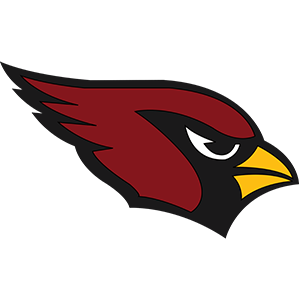 Arizona Cardinals Flag
Arizona Cardinals Flag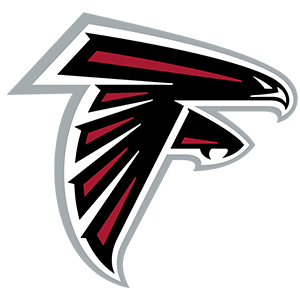 Atlanta Falcons Flag
Atlanta Falcons Flag Baltimore Ravens Flag
Baltimore Ravens Flag Buffalo Bills Flag
Buffalo Bills Flag Carolina Panthers Flag
Carolina Panthers Flag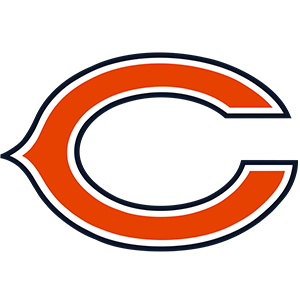 Chicago Bears Flag
Chicago Bears Flag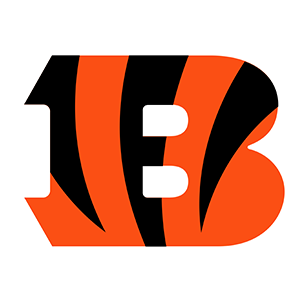 Cincinnati Bengals Flag
Cincinnati Bengals Flag Cleveland Browns Flag
Cleveland Browns Flag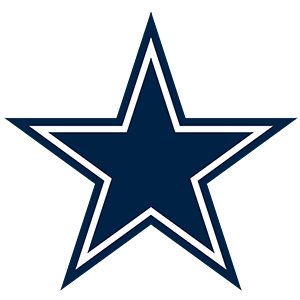 Dallas Cowboys Flag
Dallas Cowboys Flag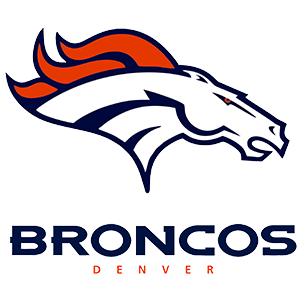 Denver Broncos Flag
Denver Broncos Flag Detroit Lions Flag
Detroit Lions Flag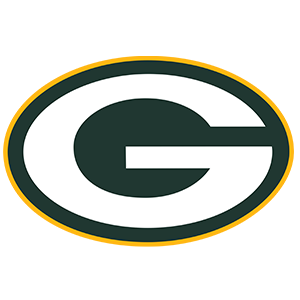 Green Bay Packers Flag
Green Bay Packers Flag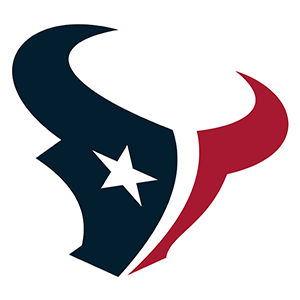 Houston Texans Flag
Houston Texans Flag Indianapolis Colts Flag
Indianapolis Colts Flag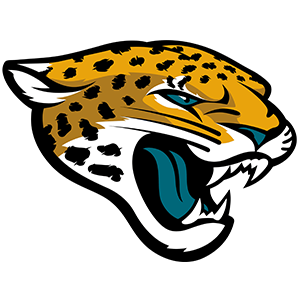 Jacksonville Jaguars Flag
Jacksonville Jaguars Flag Kansas City Chiefs Flag
Kansas City Chiefs Flag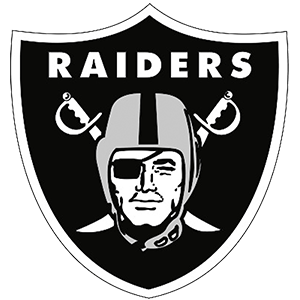 Las Vegas Raiders Flag
Las Vegas Raiders Flag Los Angeles Chargers Flag
Los Angeles Chargers Flag Los Angeles Rams Flag
Los Angeles Rams Flag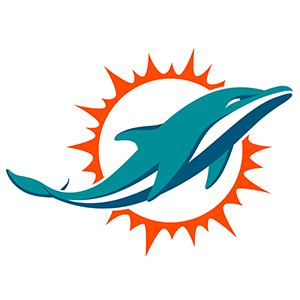 Miami Dolphins Flag
Miami Dolphins Flag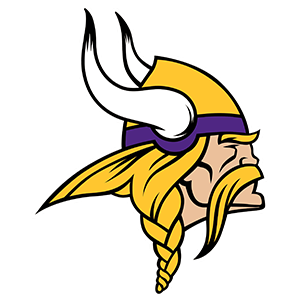 Minnesota Vikings Flag
Minnesota Vikings Flag New England Patriots Flag
New England Patriots Flag New Orleans Saints Flag
New Orleans Saints Flag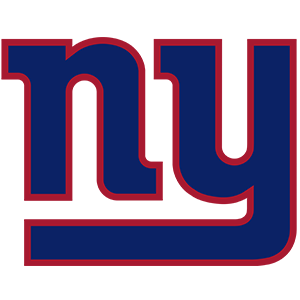 New York Giants Flag
New York Giants Flag New York Jets Flag
New York Jets Flag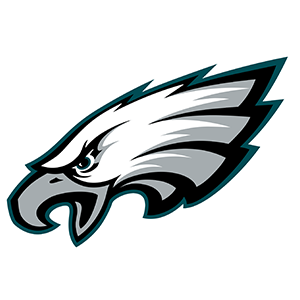 Philadelphia Eagles Flag
Philadelphia Eagles Flag Pittsburgh Steelers Flag
Pittsburgh Steelers Flag San Francisco 49ers Flag
San Francisco 49ers Flag Seattle Seahawks Flag
Seattle Seahawks Flag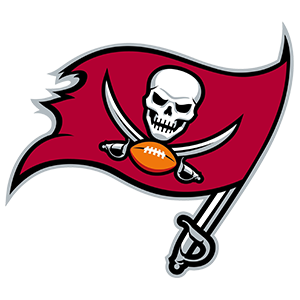 Tampa Bay Buccaneers Flag
Tampa Bay Buccaneers Flag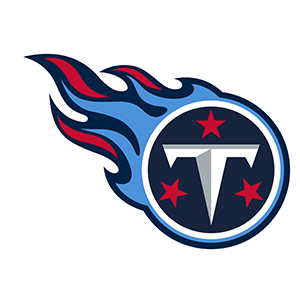 Tennessee Titans Flag
Tennessee Titans Flag Washington Commanders Flag
Washington Commanders Flag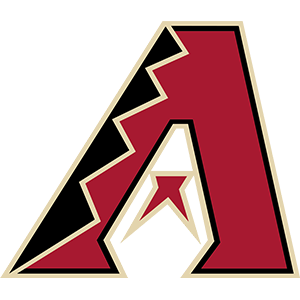 Arizona Diamondbacks Flag
Arizona Diamondbacks Flag Atlanta Braves Flag
Atlanta Braves Flag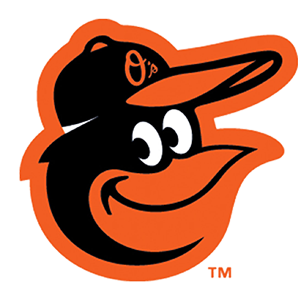 Baltimore Orioles Flag
Baltimore Orioles Flag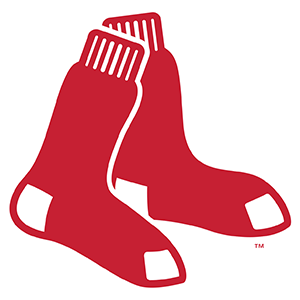 Boston Red Sox Flag
Boston Red Sox Flag Chicago Cubs Flag
Chicago Cubs Flag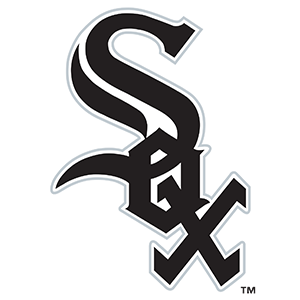 Chicago White Sox Flag
Chicago White Sox Flag Cincinnati Reds Flag
Cincinnati Reds Flag Cleveland Guardians Flag
Cleveland Guardians Flag Colorado Rockies Flag
Colorado Rockies Flag Detroit Tigers Flag
Detroit Tigers Flag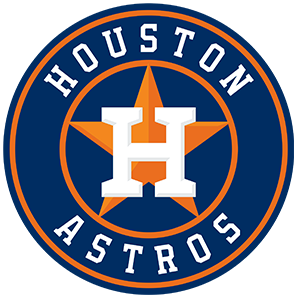 Houston Astros Flag
Houston Astros Flag Kansas City Royals Flag
Kansas City Royals Flag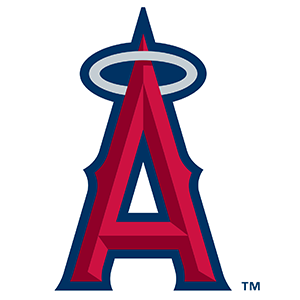 Los Angeles Angels Flag
Los Angeles Angels Flag Los Angeles Dodgers Flag
Los Angeles Dodgers Flag Miami Marlins Flag
Miami Marlins Flag Milwaukee Brewers Flag
Milwaukee Brewers Flag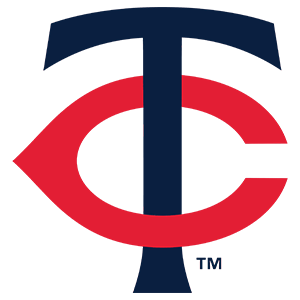 Minnesota Twins Flag
Minnesota Twins Flag New York Mets Flag
New York Mets Flag New York Yankees Flag
New York Yankees Flag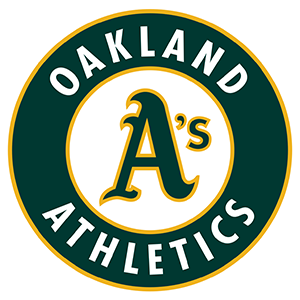 Oakland Athletics Flag
Oakland Athletics Flag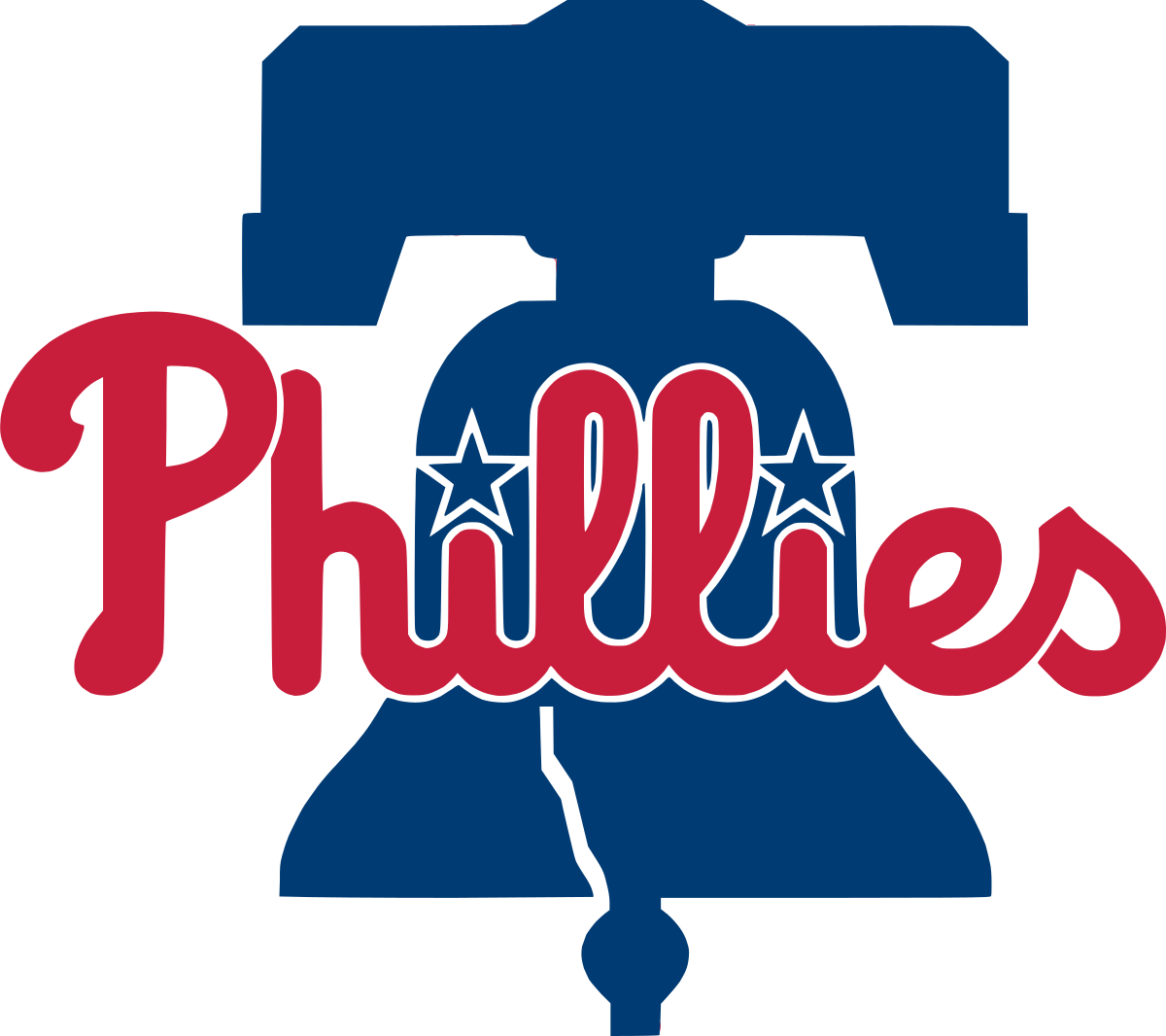 Philadelphia Phillies Flag
Philadelphia Phillies Flag Pittsburgh Pirates Flag
Pittsburgh Pirates Flag San Diego Padres Flag
San Diego Padres Flag San Francisco Giants Flag
San Francisco Giants Flag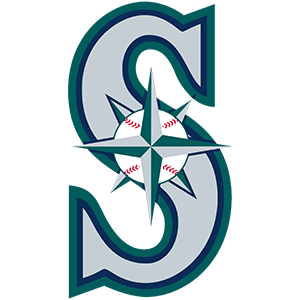 Seattle Mariners Flag
Seattle Mariners Flag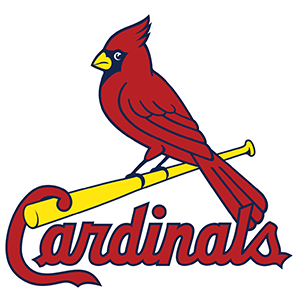 St. Louis Cardinals Flag
St. Louis Cardinals Flag Tampa Bay Rays Flag
Tampa Bay Rays Flag Texas Rangers Flag
Texas Rangers Flag Toronto Blue Jays Flag
Toronto Blue Jays Flag Washington Nationals Flag
Washington Nationals Flag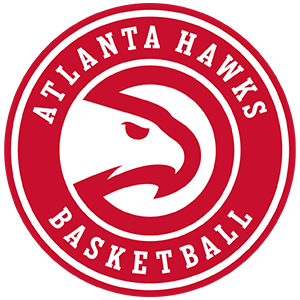 Atlanta Hawks Flag
Atlanta Hawks Flag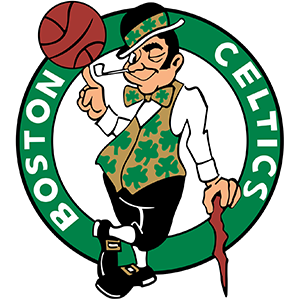 Boston Celtics Flag
Boston Celtics Flag Brooklyn Nets Flag
Brooklyn Nets Flag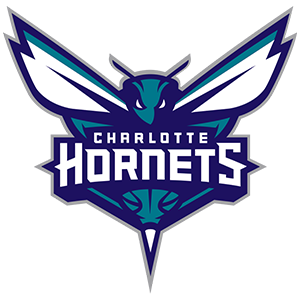 Charlotte Hornets Flag
Charlotte Hornets Flag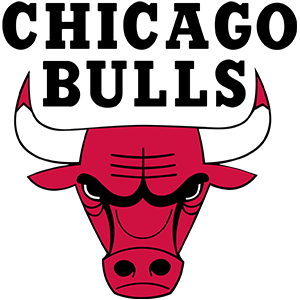 Chicago Bulls Flag
Chicago Bulls Flag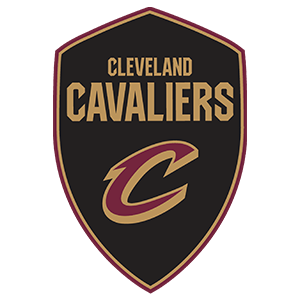 Cleveland Cavaliers Flag
Cleveland Cavaliers Flag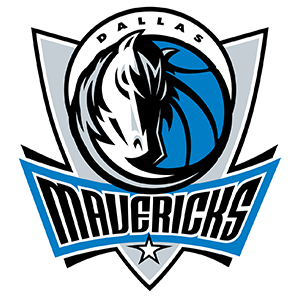 Dallas Mavericks Flag
Dallas Mavericks Flag Denver Nuggets Flag
Denver Nuggets Flag Detroit Pistons Flag
Detroit Pistons Flag Golden State Warriors Flag
Golden State Warriors Flag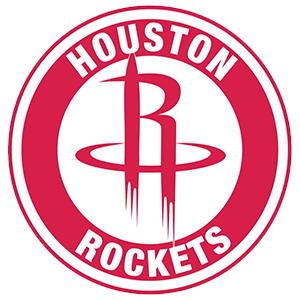 Houston Rockets Flag
Houston Rockets Flag Indiana Pacers Flag
Indiana Pacers Flag LA Clippers Flag
LA Clippers Flag Los Angeles Lakers Flag
Los Angeles Lakers Flag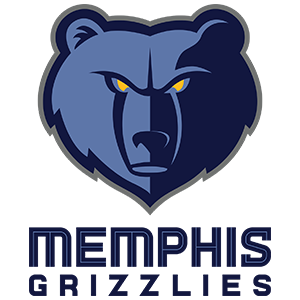 Memphis Grizzlies Flag
Memphis Grizzlies Flag Miami Heat Flag
Miami Heat Flag Milwaukee Bucks Flag
Milwaukee Bucks Flag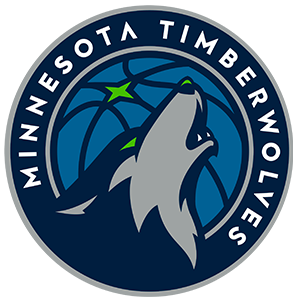 Minnesota Timberwolves Flag
Minnesota Timberwolves Flag New Orleans Pelicans Flag
New Orleans Pelicans Flag New York Knicks Flag
New York Knicks Flag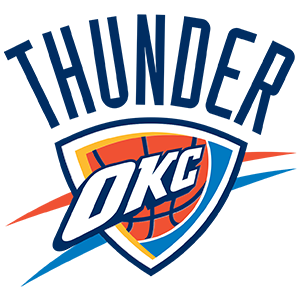 Oklahoma City Thunder Flag
Oklahoma City Thunder Flag Orlando Magic Flag
Orlando Magic Flag Philadelphia 76ers Flag
Philadelphia 76ers Flag Phoenix Suns Flag
Phoenix Suns Flag Portland Trail Blazers Flag
Portland Trail Blazers Flag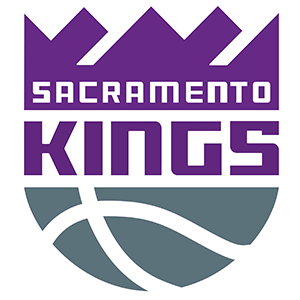 Sacramento Kings Flag
Sacramento Kings Flag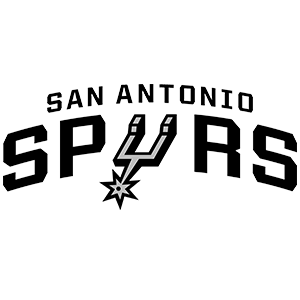 San Antonio Spurs Flag
San Antonio Spurs Flag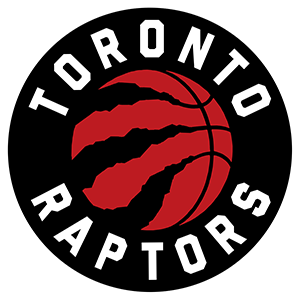 Toronto Raptors Flag
Toronto Raptors Flag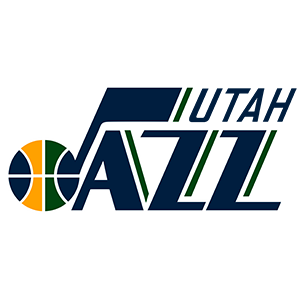 Utah Jazz Flag
Utah Jazz Flag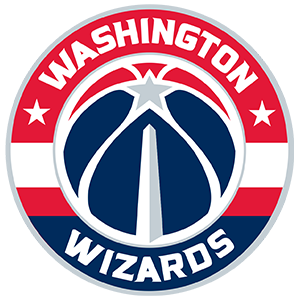 Washington Wizards Flag
Washington Wizards Flag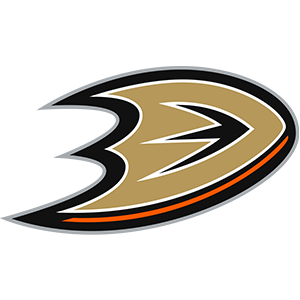 Anaheim Ducks Flag
Anaheim Ducks Flag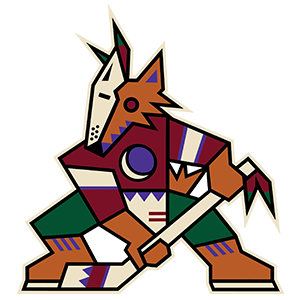 Arizona Coyotes Flag
Arizona Coyotes Flag Boston Bruins Flag
Boston Bruins Flag Buffalo Sabres Flag
Buffalo Sabres Flag Calgary Flames Flag
Calgary Flames Flag Carolina Hurricanes Flag
Carolina Hurricanes Flag Chicago Blackhawks Flag
Chicago Blackhawks Flag Colorado Avalanche Flag
Colorado Avalanche Flag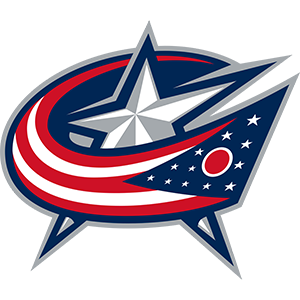 Columbus Blue Jackets Flag
Columbus Blue Jackets Flag Dallas Stars Flag
Dallas Stars Flag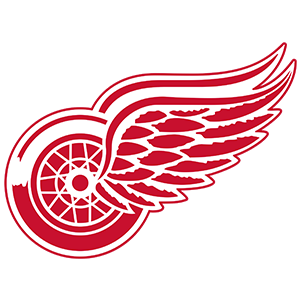 Detroit Red Wings Flag
Detroit Red Wings Flag Edmonton Oilers Flag
Edmonton Oilers Flag Florida Panthers Flag
Florida Panthers Flag Los Angeles Kings Flag
Los Angeles Kings Flag Minnesota Wild Flag
Minnesota Wild Flag Montreal Canadiens Flag
Montreal Canadiens Flag Nashville Predators Flag
Nashville Predators Flag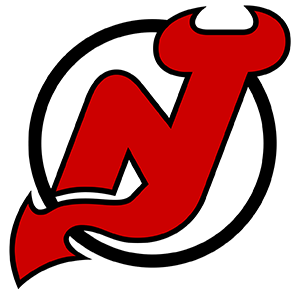 New Jersey Devils Flag
New Jersey Devils Flag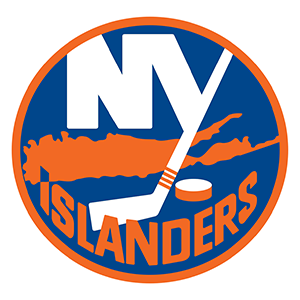 New York Islanders Flag
New York Islanders Flag New York Rangers Flag
New York Rangers Flag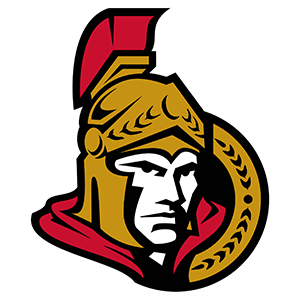 Ottawa Senators Flag
Ottawa Senators Flag Philadelphia Flyers Flag
Philadelphia Flyers Flag Pittsburgh Penguins Flag
Pittsburgh Penguins Flag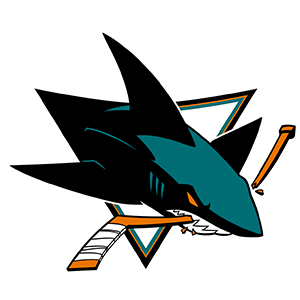 San Jose Sharks Flag
San Jose Sharks Flag Seattle Kraken Flag
Seattle Kraken Flag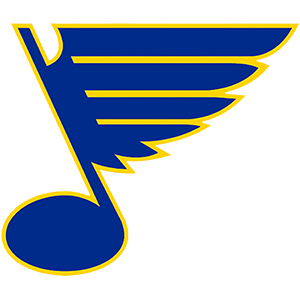 St. Louis Blues Flag
St. Louis Blues Flag Tampa Bay Lightning Flag
Tampa Bay Lightning Flag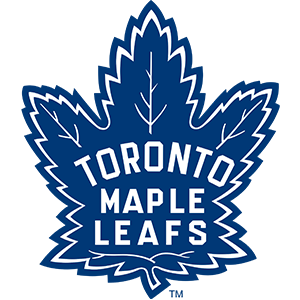 Toronto Maple Leafs Flag
Toronto Maple Leafs Flag Vancouver Canucks Flag
Vancouver Canucks Flag Vegas Golden Knights Flag
Vegas Golden Knights Flag Washington Capitals Flag
Washington Capitals Flag Winnipeg Jets Flag
Winnipeg Jets Flag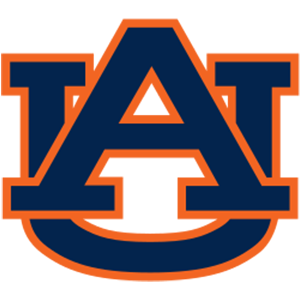 Auburn Tigers Flag
Auburn Tigers Flag Clemson Tigers Flag
Clemson Tigers Flag Florida Gators Flag
Florida Gators Flag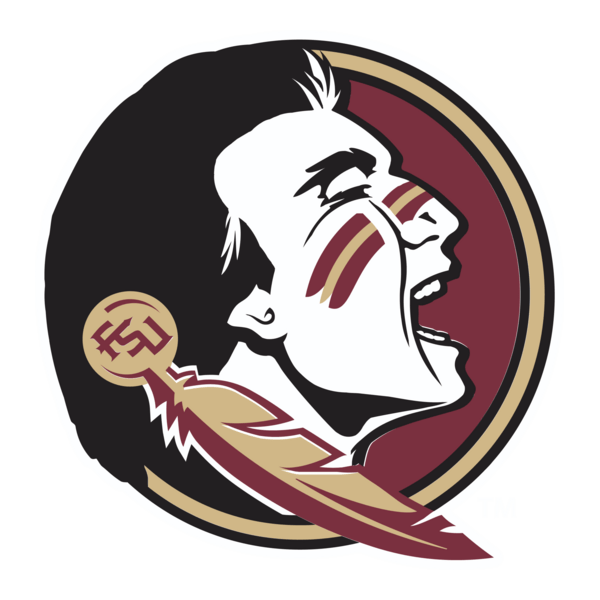 Florida State Seminoles Flag
Florida State Seminoles Flag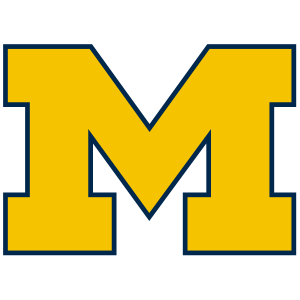 Michigan Wolverines Flag
Michigan Wolverines Flag Nebraska Cornhuskers Flag
Nebraska Cornhuskers Flag Notre Dame Fighting Irish Flag
Notre Dame Fighting Irish Flag Ohio State Buckeyes Flag
Ohio State Buckeyes Flag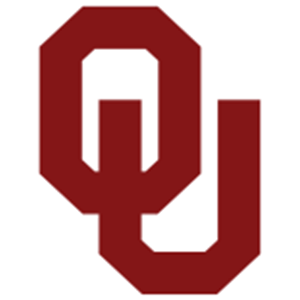 Oklahoma Sooners Flag
Oklahoma Sooners Flag Oregon Ducks Flag
Oregon Ducks Flag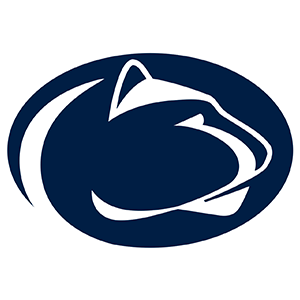 Penn State Nittany Lions Flag
Penn State Nittany Lions Flag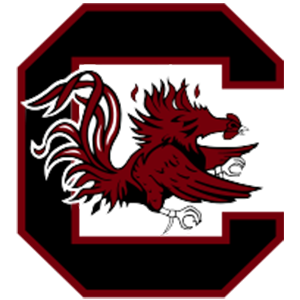 South Carolina Gamecocks Flag
South Carolina Gamecocks Flag Tennessee Volunteers Flag
Tennessee Volunteers Flag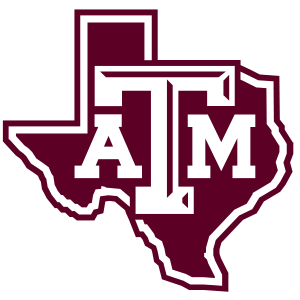 Texas A&M Aggies Flag
Texas A&M Aggies Flag Texas Longhorns Flag
Texas Longhorns Flag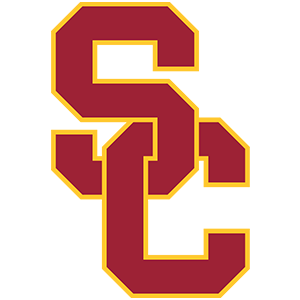 USC Trojans Flag
USC Trojans Flag